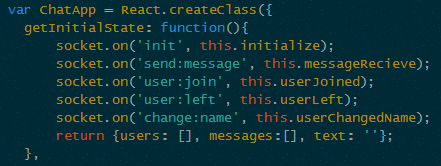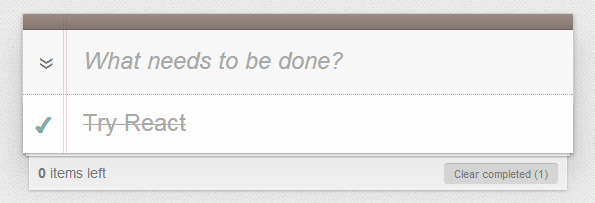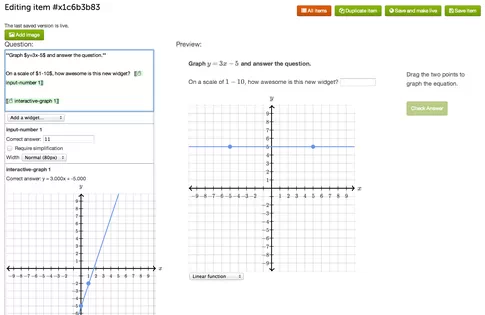There are a lot of JavaScript MVC frameworks out there. Why did we build React
and why would you want to use it?
React isn't an MVC framework. #
React is a library for building composable user interfaces. It encourages
the creation of reusable UI components which present data that changes over
time.
React doesn't use templates. #
Traditionally, web application UIs are built using templates or HTML directives.
These templates dictate the full set of abstractions that you are allowed to use
to build your UI.
React approaches building user interfaces differently by breaking them into
components. This means React uses a real, full featured programming language
to render views, which we see as an advantage over templates for a few reasons:
- JavaScript is a flexible, powerful programming language with the ability
to build abstractions. This is incredibly important in large applications.
- By unifying your markup with its corresponding view logic, React can actually
make views easier to extend and maintain.
- By baking an understanding of markup and content into JavaScript, there's
no manual string concatenation and therefore less surface area for XSS
vulnerabilities.
We've also created JSX, an optional syntax
extension, in case you prefer the readability of HTML to raw JavaScript.
Reactive updates are dead simple. #
React really shines when your data changes over time.
In a traditional JavaScript application, you need to look at what data changed
and imperatively make changes to the DOM to keep it up-to-date. Even AngularJS,
which provides a declarative interface via directives and data binding requires
a linking function to manually update DOM nodes.
React takes a different approach.
When your component is first initialized, the render method is called,
generating a lightweight representation of your view. From that representation,
a string of markup is produced, and injected into the document. When your data
changes, the render method is called again. In order to perform updates as
efficiently as possible, we diff the return value from the previous call to
render with the new one, and generate a minimal set of changes to be applied
to the DOM.
The data returned from render is neither a string nor a DOM node -- it's a
lightweight description of what the DOM should look like.
We call this process reconciliation. Check out
this jsFiddle to see an example of
reconciliation in action.
Because this re-render is so fast (around 1ms for TodoMVC), the developer
doesn't need to explicitly specify data bindings. We've found this approach
makes it easier to build apps.
HTML is just the beginning. #
Because React has its own lightweight representation of the document, we can do
some pretty cool things with it:
- Facebook has dynamic charts that render to
<canvas> instead of HTML.
- Instagram is a "single page" web app built entirely with React and
Backbone.Router. Designers regularly contribute React code with JSX.
- We've built internal prototypes that run React apps in a web worker and use
React to drive native iOS views via an Objective-C bridge.
- You can run React
on the server
for SEO, performance, code sharing and overall flexibility.
- Events behave in a consistent, standards-compliant way in all browsers
(including IE8) and automatically use
event delegation.
Head on over to facebook.github.io/react to check out what we have
built. Our documentation is geared towards building apps with the framework,
but if you are interested in the nuts and bolts
get in touch with us!
Thanks for reading!



